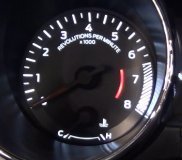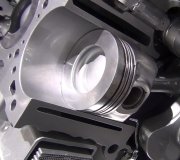Simply put, a turbocharger utilizes the expanding exhaust gasses produced by the engine and uses it to force air into the intake system, which creates more engine power. A turbocharger housing is designed with two sections, an intake and exhaust side, both have a turbine fan attached to a main shaft.
When the
engine exhaust valves open red hot
fire is released into the exhaust ports where it is collected into the exhaust manifold
which is plumed into the exhaust side of the turbo (turbine) which causes the turbine
to start spinning, these gases are then released from the turbo and back into the
exhaust system, a turbo is generally
located close to the engine to maximize performance. As engine RPM increases so
does the exhaust system volume, both exhaust and intake turbines spin faster.
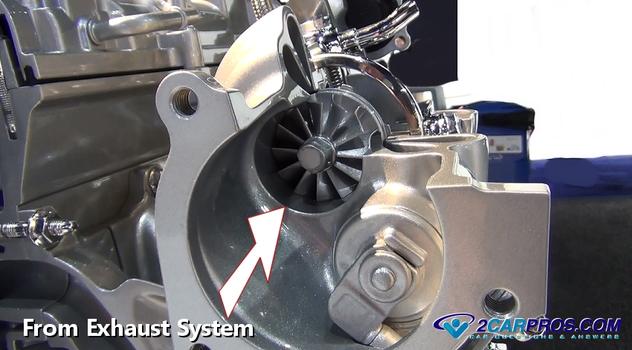
On the opposite side of the turbo there is an intake turbine which is plumbed
into the engine's intake system. As the turbine on the intake side of the system
spins it creates pressure (pounds of boost) inside the intake manifold which forces
more air into the combustion chamber creating more power. An intercooler is mounted
by the vehicle's radiator to help cool the intake air once it has been compressed
by the turbocharger and before it enters the engine, the cooler the air the more
it can be condensed which also produces more power.

The exhaust and intake turbine fans are supported by a main shaft and two bushings
within the turbocharger housing, the shaft is then lubricated using oil supplied
by the engine, the oil is controlled using shaft seals to prevent the oil from leaking
into the intake or exhaust sides. This is why when a turbo wears out the engine
will smoke as the oil is burnt internally.
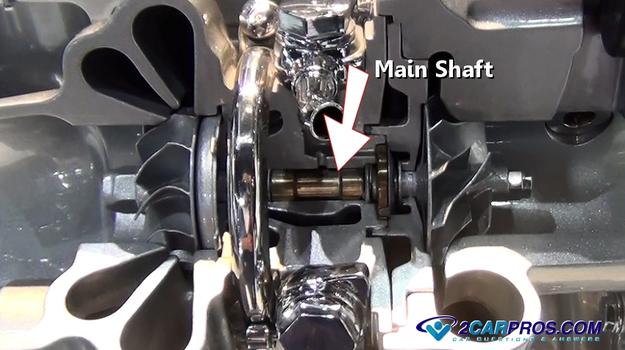
To control intake pressure or boost, a blow off valve or waste gate is used which
limits the amount of power the engine outputs. If pressures become too high inside
the intake manifold a signal from the computer is given to dump pressure by opening
the waste gate which is activated by a vacuum diaphragm controlled by a solenoid
connected to intake vacuum.
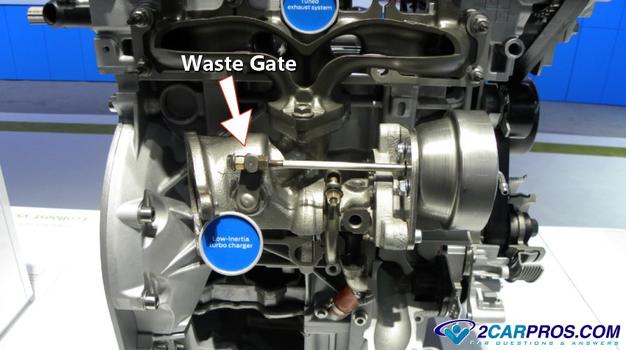
Questions?
Our certified technicians are ready to answer car repair questions for free. We hope you saved money and learned from this guide. We are creating a full set of car repair guides. Please subscribe to our 2CarPros YouTube channel and check back often for new videos which are uploaded regularly.
